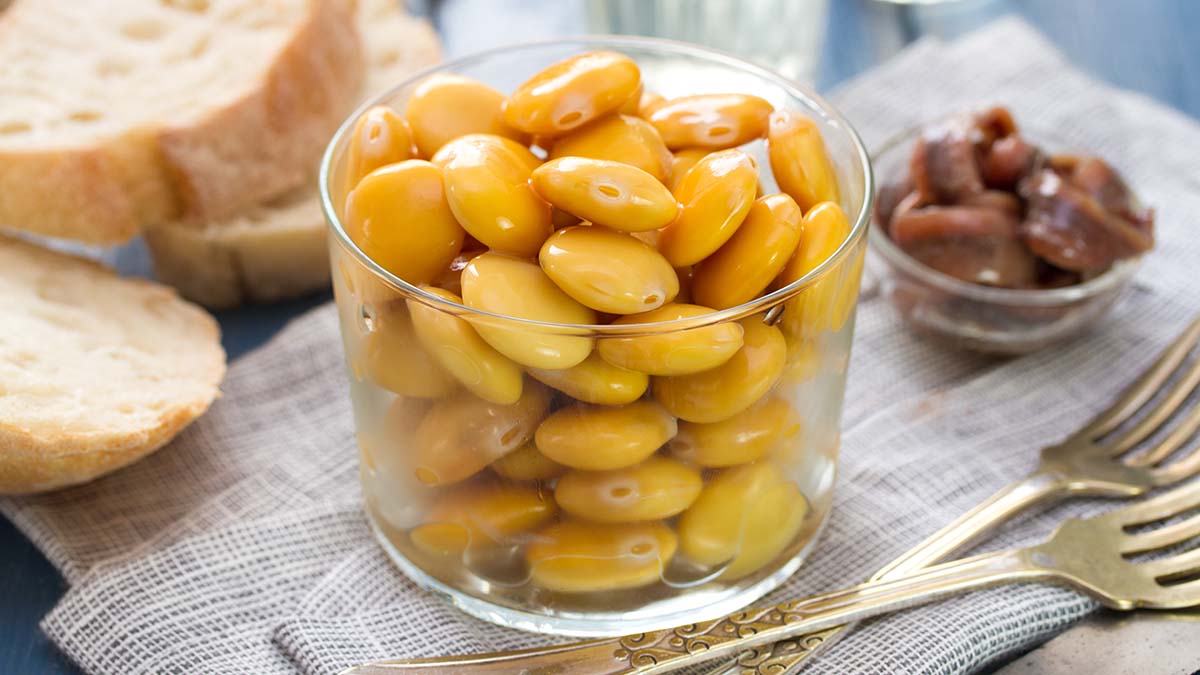[ad_1]
Round and wide, they look like beans and have great nutritional value. It’s time to get to know one of the unknown legumes that should not be missing from your table
From Mani, Crete, Mount Athos and the Dodecanese as well as North America and Asia, the lupine according to Lucian, it was an essential part of Hecate’s dinners. Coming to today, this dry seed belongs to the legume family, along with all known legumes that we traditionally consume, such as beans, chickpeas, lentils and fava beans. Unfairly, however, it does not have the same reputation as them, because it does not lack nutritional value.
Nutritional treasure
A rich source of vegetable protein and fiber, lupine contains an abundance of minerals such as calciumThe phosphorus, The ironthe potassium, zinc and folic acid but also vitamins such as vitamin Cthe thiamine and the riboflavin. He even has it double the protein content from the rest of the legumes, and, at the same time, just one cup contains vegetable fiber that covers 1/5 of our daily needs.
The lupine is also considered a very good one source of magnesium. Each cup provides 90mg, which is about 22% of the daily recommended magnesium intake for men and women. Still, it is a source of antioxidant carotenoidssuch as lutein and zeaxanthin, but also a very good source of phytosterols with hypolipidemic properties.
RELEVANT ARTICLES
In addition, it is one of the most suitable foods for diabeticsfor those who have lactose intolerancebut also for those who want to lose weightas they have low glycemic index, low fat content and they do not contain gluten. The low glycemic index ranks them among the ideal foods for regulating blood sugar and cholesterol as well as the gut microbiome.
How will you consume them?
In our country we mainly meet the white lupine, while we can consume them by biting a small part of the bark with the teeth and pressing the seed from the opposite side, so that it is removed from the bark. Of course, many prefer to consume them with the peel.
Lupins can be converted in flour and use it in making bread. Concerning the cooking, care must be taken in their preparation, as they need de-bittering with enough soaking and boiling, so that they can be consumed after their bitterness has gone. It is a time-consuming process and requires frequent water changes. However, do not skip these steps as they contain alkaloids, which are toxic to humans and animals.
Finally, if you are allergic to certain foods, before consuming them it would be good to consult a specialist.
